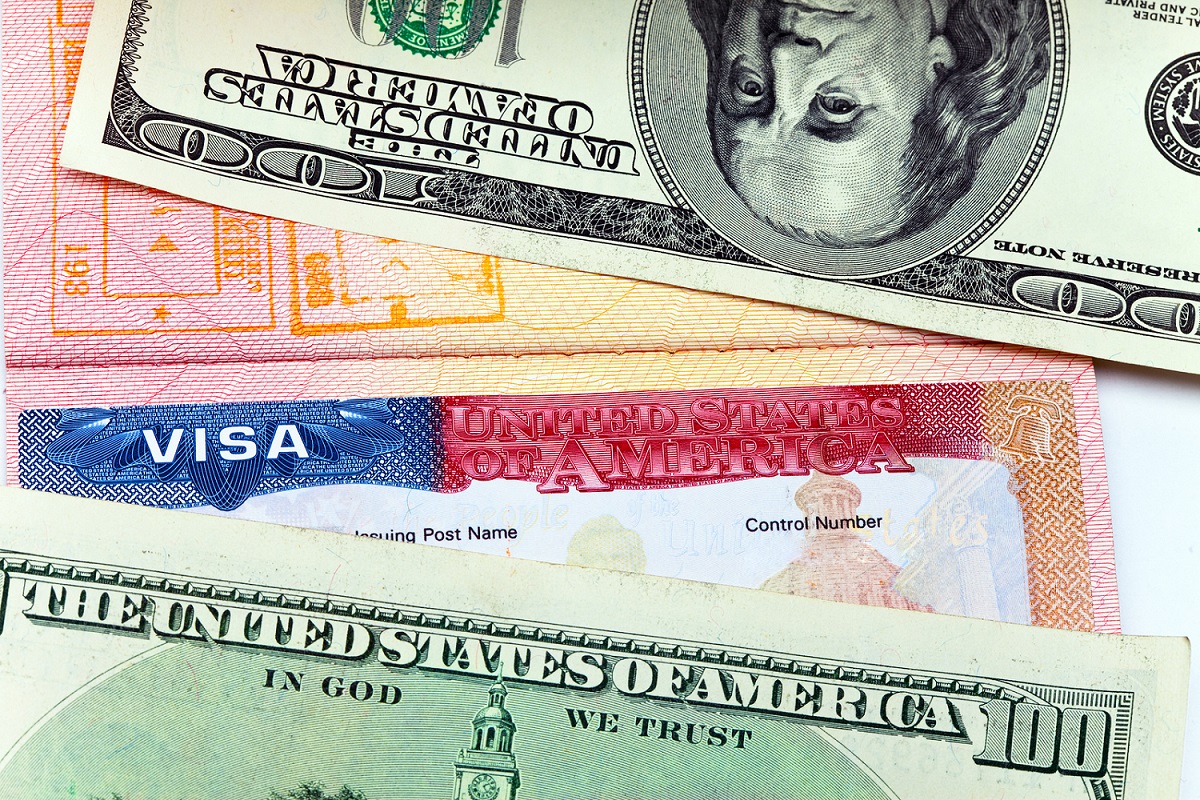
The ESTA, which stands for Electronic System for Travel Authorization, is an automated system used for determining the eligibility of visitors travel to the United States under the Visa Waiver Program and whether the traveler poses any threat to law or security.
Once a traveler has the ESTA approval, he/she gains the authority to board any carrier for visiting the United States under the VWP. If a traveler uses a private carrier for traveling, it must be a signatory visa waiver program carrier (You can check the list of Signatory Carriers to know more). Although you can apply any time prior to boarding, the CBP recommends travelers to apply at least 72 hours before departure. In most of the cases, as long as you provide correct information in the application form, you will receive a response within seconds of submitting the application.
Even though the ESTA USA is an important document which became mandatory since January 12, 2009, there are several misconceptions related to it. Firstly, the ESTA is not a visa and, it neither meets the legal requirements to serve instead of a U.S. visa. The people traveling with a valid visa do not have to apply additionally for the ESTA. Another thing travelers must know is that as in some situations a valid visa does not guarantee admission into the United States, an approved ESTA also shouldn’t be mistaken for a guarantee of admission to the United States.
Whether or not you have the approved ESTA with you, you will have to complete a blue Custom declaration upon arrival in the U.S. The declaration process is compulsory for all the VWP applicants even though they are no longer required to complete the green I-94 W card.
The approved ESTA applications are valid for a time period of two years, provided that your passport doesn’t expire before those two years. If it does, then the ESTA application also becomes invalid. Within the valid period, you can have multiple visits to the United States without re-applying for another ESTA. However, on your trip to the U.S. with your approved ESTA, you are only allowed to stay up to 90 days. In addition to this, there should be a reasonable amount of time between your second visit so that the CBP Officers can ensure you aren’t trying to live here (There isn’t any set amount of time for which you will have to wait to visit again).
In some conditions, you will have to reapply for another ESTA. These conditions include:
- You get a newly issued passport
- Changing of your name (first/last or both)
- Change of Gender
- Change of the Country of Citizenship
- Change of Your Status (You commit a crime/Develop a Contagious Disease)
Note: For a change of status as mentioned above, you may have to require a visa to travel to the U.S.
If the approved ESTA you carry with you expires while you are still in the U.S., it will not have any effect on your departure.
According to the Travel Promotion Act of 2009, (Section 9 of the United States Capitol Police Administrative Technical Corrections Act of 2009, Pub. L. No. 111-145), the travelers applying to obtain an approved ESTA will have to pay a fee in order to do so. The fee comprises of two parts:
- Processing Charge- All applicants requesting for an Electronic Travel Authorization shall pay for the processing for the application.
- Authorization Charge- Upon approval of your application, when you receive the authorization for traveling to the United States under the Visa Waiver Program, an additional amount will be charged to your credit card.
However, if your electronic travel authorization gets denied, you shall only need to pay for the processing of your application.
The U.S. Custom and Border Protection are not responsible for any third-party fees for the transaction related to the ESTA visa Lastly, you should definitely keep a print copy of the document for your own records, even if the printed copy isn’t required upon arrival into the United States, as the officials have the information electronically. Keeping a printout is important because some of the airlines may ask for the printout upon check-in. Thus, to be on the safer side, you should keep the printout with you when you start for the U.S.
Comments are closed.